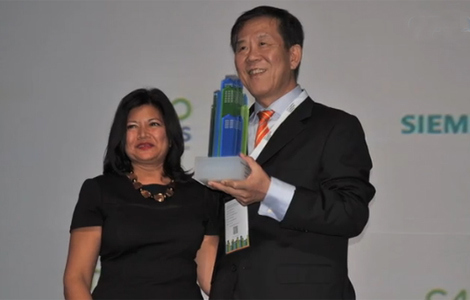Female imams have important role in China
Updated: 2014-10-13 07:39
(Xinhua / China Daily)
|
||||||||
At Yinta Mosque in China's Muslim heartland, Tian Xinghong teaches other Muslim women scriptures from the Quran every morning from 6:30 to 9:30.
The 28-year-old, wearing a black robe and pink scarf, has 60 students at the mosque in Wuzhong in Northwest China's Ningxia Hui autonomous region, where many of the country's Muslim Hui ethnic minority live.
Although Muslim women pray at home, Tian also leads them in prayer and chanting on special occasions such as festivals, either at a women's mosque or another mosque's restricted areas for women.
She is a female imam, or ahong, pronounced ah-hung, from the Persian word akhund for "the learned." In China, female imams, rare in Arab countries, are an innovation.
Tian was born into a religious family. Her grandmother was one of the first female imams in Ningxia.
She was sent to a local mosque at the age of 12 to study Islamic scripture and furthered her studies at a Chinese-Arabic school for girls in neighboring Gansu province in 2001, where she studied Islam and Arabic.
In 2003, Tian passed a qualification test organized by the regional Islamic association to become an ahong. More than 300 Muslims applied for the test and, of the five female applicants, Tian was the only one to pass.
"Many female Muslims did not have much formal education, especially the elderly. Although they are Muslim, they know nothing about the Quran. I want to teach them the holy scriptures and hope they can be inspired, think independently and have their own careers," she said.
Tian's husband is an imam at Wunan Mosque, the biggest mosque in the city. In addition to her religious duties, Tian takes care of their two children.
In the late Ming Dynasty (around the 17th century), followers of the faith set up schools for Muslim women and girls around the country. These later became mosques for women operated by female imams in the late Qing Dynasty (around the 19th century).
Female imams then spread throughout Chinese Muslim societies.
During the "cultural revolution" (1966-76), religion was banned. It was revived in the 1980s, leading to growing numbers of Buddhists, Taoists, Muslims and Christians, among other faiths. The government's push for gender equality helped broaden Muslim women's roles.
However, China's female imams do not have equal status to male prayer leaders. They do not lead salat, the five daily prayers considered among the most important Muslim obligations. The prayers are instead piped via loudspeakers into women's mosques from the nearby mosques for men.
Still, the female imams guide others in worship and are the primary spiritual leaders for the women in their communities. In the women's mosque, women can study the Quran and Islamic doctrine, as well as the Arabic language.
In the Litong district of Wuzhong, where Tian lives, there were 12 female ahongs out of 600 registered ahongs as of the end of 2013, said Tian Xuewu, an official with the district religious affairs administration.
"Whether male or female, whoever can teach us the Islamic scriptures and religious knowledge is our respected ahong," said Du Shaocheng, who prays at Yinta Mosque.
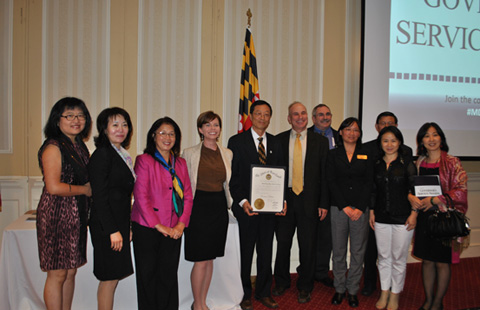
 School honored by governor
School honored by governor
 Joint Scorpion venture soars in ratings
Joint Scorpion venture soars in ratings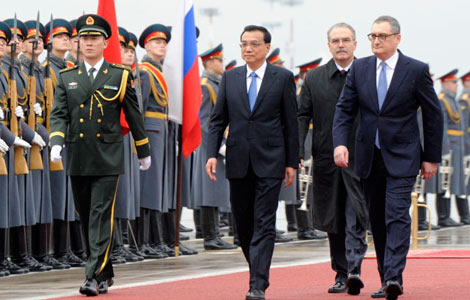
 Li opens doors on trade, energy
Li opens doors on trade, energy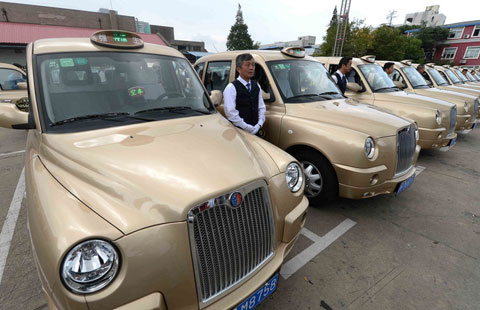
 Shanghai launches old-style cabs for special needs
Shanghai launches old-style cabs for special needs
 Cold wave brings first snowfall this autumn to Gansu
Cold wave brings first snowfall this autumn to Gansu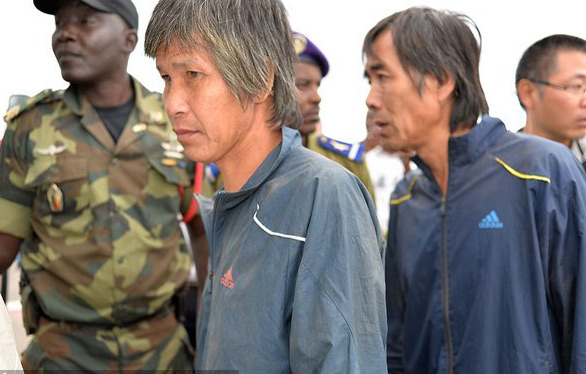
 27 Chinese hostages freed in Cameroon
27 Chinese hostages freed in Cameroon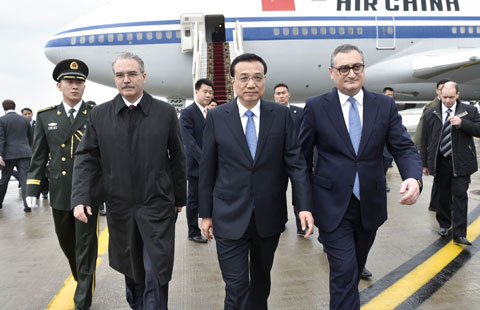
 Premier Li begins his Russia visit
Premier Li begins his Russia visit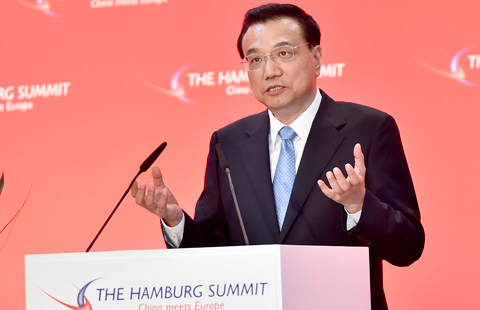
 Li says focus is on long-term growth
Li says focus is on long-term growth
Most Viewed
Editor's Picks

|

|

|

|

|

|
Today's Top News
Joint Scorpion venture soars in ratings
School honored by governor
China's slowing growth will impact LatAm
Li opens doors on trade, energy
China, Brazil relations grow stronger
Texas health care worker tests positive for Ebola
HK chief says reform must not abandon law
1,552 new dengue cases reported in Guangdong
US Weekly

|

|
